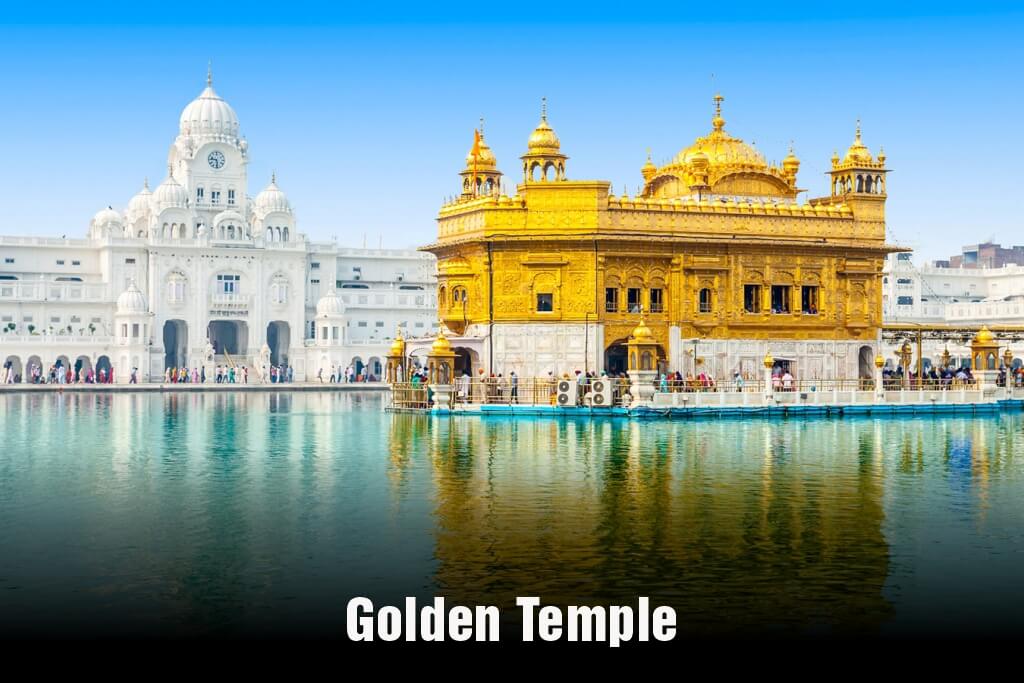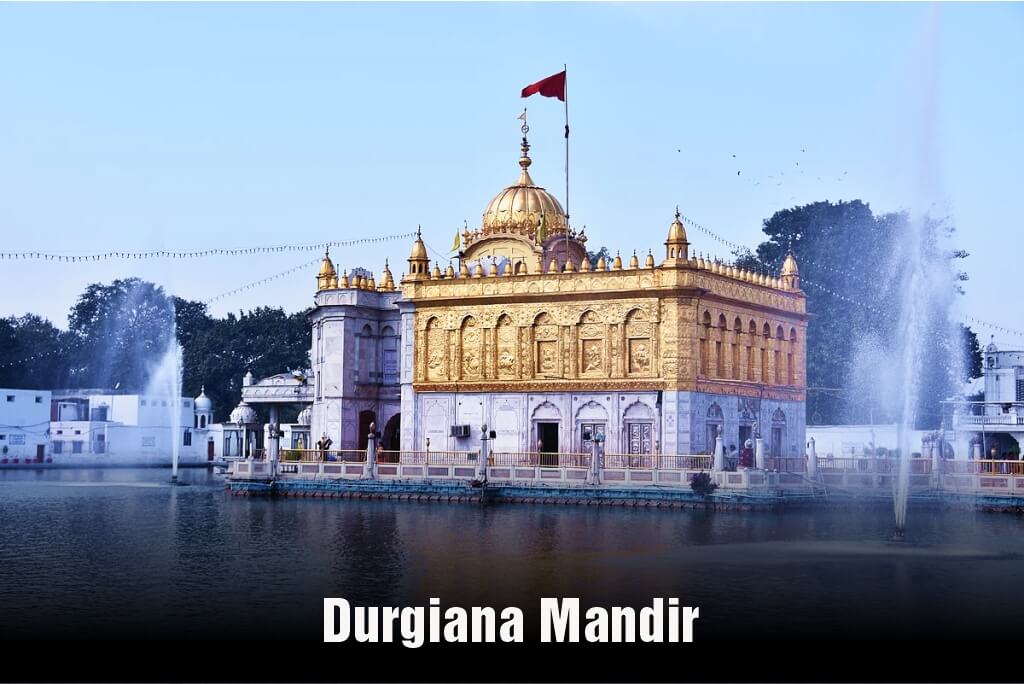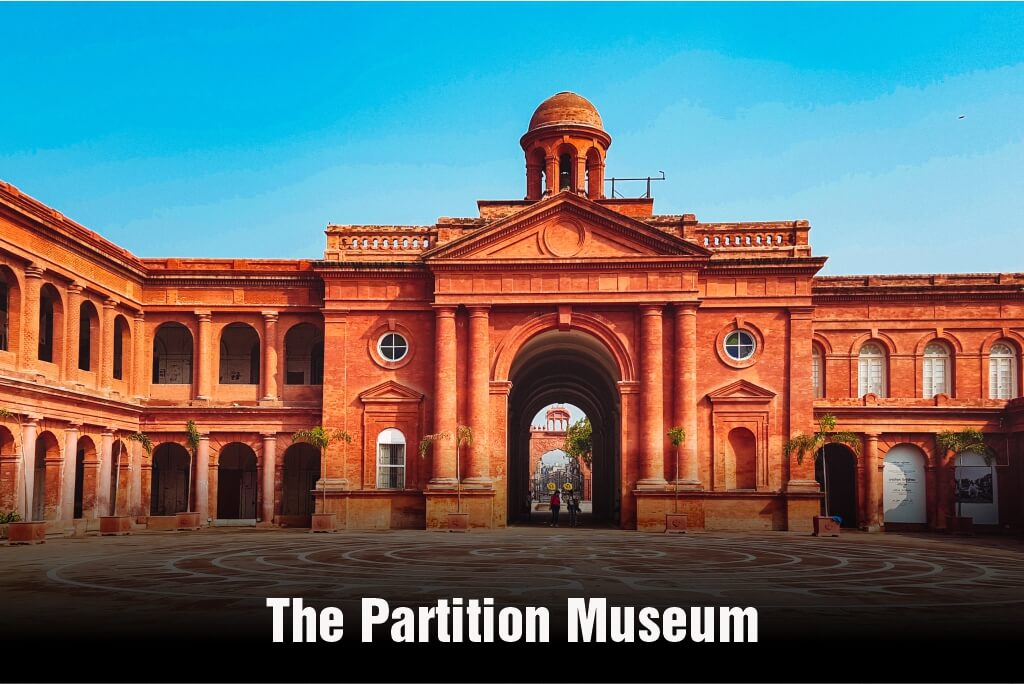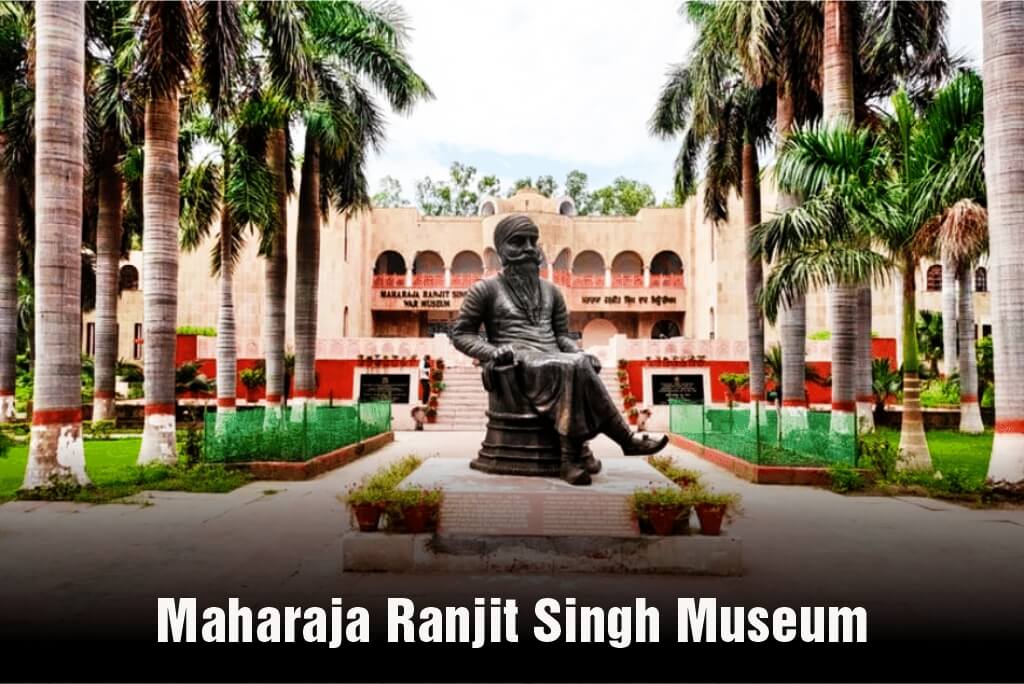Amritsar is one of the most interesting cities to visit in India. Its historical significance, rich culture, and secular heritage make it the center of attraction for tourists from around the world. Situated at the heart of the state of Punjab, Amritsar is famous for its gurudwaras, monuments, delicious local street food, and hospitable people. Its glorious past and legendary history do not fail to mesmerize its visitors. If you are planning to visit this magnificent city, then you have come to the right place. This article will provide a step-by-step itinerary for a 3-day stay in Amritsar.
Day 1 – Explore Golden Temple, Jallian Wala Bagh & Durgiana Mandir
1. Golden Temple – House of God
When embarking on your journey to explore this beautiful city of Amritsar, nothing can be better than visiting the most sacred place in the city. That is the Golden Temple. The Golden Temple also known as “Harmandar Sahib” is one of the holiest pilgrim spots for the Sikhs. The Harmandar Sahib is a two-storied structure, built on a 67 feet square of marble. The dome of this sacred shrine has its upper half covered with 400 kg of gold. You can start your day by visiting Shri Harmandar Sahib at 7:30 am. Pay your reverence to the holy place. Observe the intricate patterns on the walls of the Golden Temple cherish the holy ambience and listen to the melodious spiritual music called the shabad kirtan inside the Golden Temple.

Once you have seen the Golden Temple, you can move on to eat the delicious langar in the langar hall of the Golden Temple. It is believed that this food is blessed by god. There are several tasty items in this meal including roti, rice, dal, sabzi, and of course the dessert. The visit to the Golden Temple is a complete feast for your body as well as your soul.
2. Jallian Wala Bagh – History Behind Massacre
After sightseeing the Golden Temple, you can move on to visit the place which is remembered for its patriotic vibes, The Jallianwala Bagh. This is one place that has witnessed one of the most horrific massacres in the history of mankind. The dark event took place in 1919 British India when more than 1100 peaceful protesters were brutally shot dead on the orders of General Dyer.

The place has now been converted into a memorial to all those who sacrificed their lives in the massacre. The Jallianwala Bagh is open to the public every day between 6 am to 9 pm in the summer and between 7 am to 8 pm in winter. When visiting this memorial, you can see the bullet holes in the walls inside the Jallianwala Bagh. You can also witness the martyr’s well in which innocent people jumped to escape the bullets. While visiting this historical place you can feel the energy of patriotism in the air and the surroundings. It feels as if the place has taken you back into the past. To remind you of your ancestors and their sacrifice. So you may never forget them.
3. Durgiana Mandir, Dedicated to Goddess Durga
Once you are done visiting the Jallianwala Bagh, your next stoppage can be the holy temple of the Hindu goddess Durga Maa. This enormous, beautiful temple was built in the name of the goddess Durga. It is believed to have a long holy legend associated with it. It is believed that Mata Sita’s sons Lava, and Kush had bound God Hanuman to a tree which is located inside this temple, and therefore, this temple is of great religious significance for the Hindus.

As you will be able to see, the architecture of Durgiana Mandir has striking similarities with that of the Golden Temple. This is because Guru Harsai Mal Kapoor had the architecture of the Durgiana Mandir inspired by that of The Golden Temple. The remarkable resemblance can be seen in the form of the dome constructed in the Durgiana Mandir. The dome is also covered with gold just like Shri Harmandar Sahib. Inside the mandir, there are idols of goddess Durga, goddess Laxmi and god Vishnu.
After paying a visit to the Durgiana Mandir, you can go around the streets and enjoy mouth-watering street food. The streets of Amritsar are filled with local stalls of scrumptious, tasty food like chole kulche, halwa, tikki, poori, and many more. The vibes of the market and the hustle and bustle around the street make this area lively and enjoyable. You can wander around the streets for hours without getting bored.
After having dinner you can head back to your hotel and rest. So that you energize yourself for the next day’s adventure.
Day 2 – Explore the Wagah Border & Partition Museum
On the second day of your trip to Amritsar, you can start by visiting the local markets. In the local markets, you can find everything including food, bags, clothes, shoes, jewelry, and whatnot. You must stay a little cautious of time as these markets can be so ginormous and engrossing that people just forget how quickly time passes by.
Once you are done with the street shopping, you can head to your next destination, The Wagah Border.
1. Wagah Border – Flag Lowering Ceremony
The Wagah Border is the boundary separating India from our neighboring country Pakistan. Every evening a flag ceremony takes place at the Wagah Border in which the soldiers march in their spectacular uniforms and bring down the national flags on both sides of the border. Finally, the gates of the border are closed for the day.

Before the event starts, men, women, and kids dance and sing patriotic songs and make the entire scenery even more joyous and patriotic. Wagah Border is located about 30 km from the main city of Amritsar near the Attari Village. The border was made when the British left India in 1947 and post-partition Pakistan was made based on the Muslim majority. Even though the relations between India and Pakistan have always been tense. This ceremony reminds us of mutual respect and healthy boundaries. The event at the Wagah Border starts every day at 4:15 pm in summer and at 5:15 pm in winter. The people are advised to enter by 2 to 3 pm as seats are available on a first come first serve basis.
2. The Partition Museum
The Partition Museum was founded by the Government of Punjab in collaboration with the Cultural Heritage Trust of the United Kingdom. It is built in the memory of those who were affected by the partition of India.

This museum pays honor to those people who lost their lives and family members during the partition. The museum opens at 10 am to 6 pm. The entry ticket t for adults is 10 INR and for kids is 5 INR.
Day 3 – Explore the Maharaja Ranjit Singh Museum & Gobindgarh Fort
1. Maharaja Ranjit Singh Museum
On the final day of your exploration of the magnificent city of Amritsar, you can start your day by visiting the splendid Maharaja Ranjit Singh Museum. This museum was historically the palace of the most respected and admired Sikh emperor Maharaja Ranjit Singh.

The museum contains paintings, old coins, arms, and armor of Maharaja Ranjit Singh. The beautiful paintings, manuscripts, and armor found in the museum depict the rich history of the Sikh empire. Maharaja Ranjit Singh is famous for his secularism and justice of law. One can feel the true spirit of the Sikh empire inside the museum.
2. Gobindgarh Fort
The Gobindgarh Fort was built to protect the state of Punjab from invaders. Maharaja Ranjit Singh named it after the 10th Sikh guru, Guru Gobind Singh. The fort is entirely made of brick and lime spread over a wide area with a perimeter of 1000 meters.

The fort was under the control of the Indian army until very recently in 2017. In 2017 the fort was restored and developed into a theme park and museum open for the common public. The visitor relishes the calm and soothing atmosphere of the fort which reflects the stories of bravery and loyalty towards the country.
Hope you enjoyed reading this article and have a great time at the heart of Punjab, Amritsar.
Read also: Top Famous Historical Places in India









